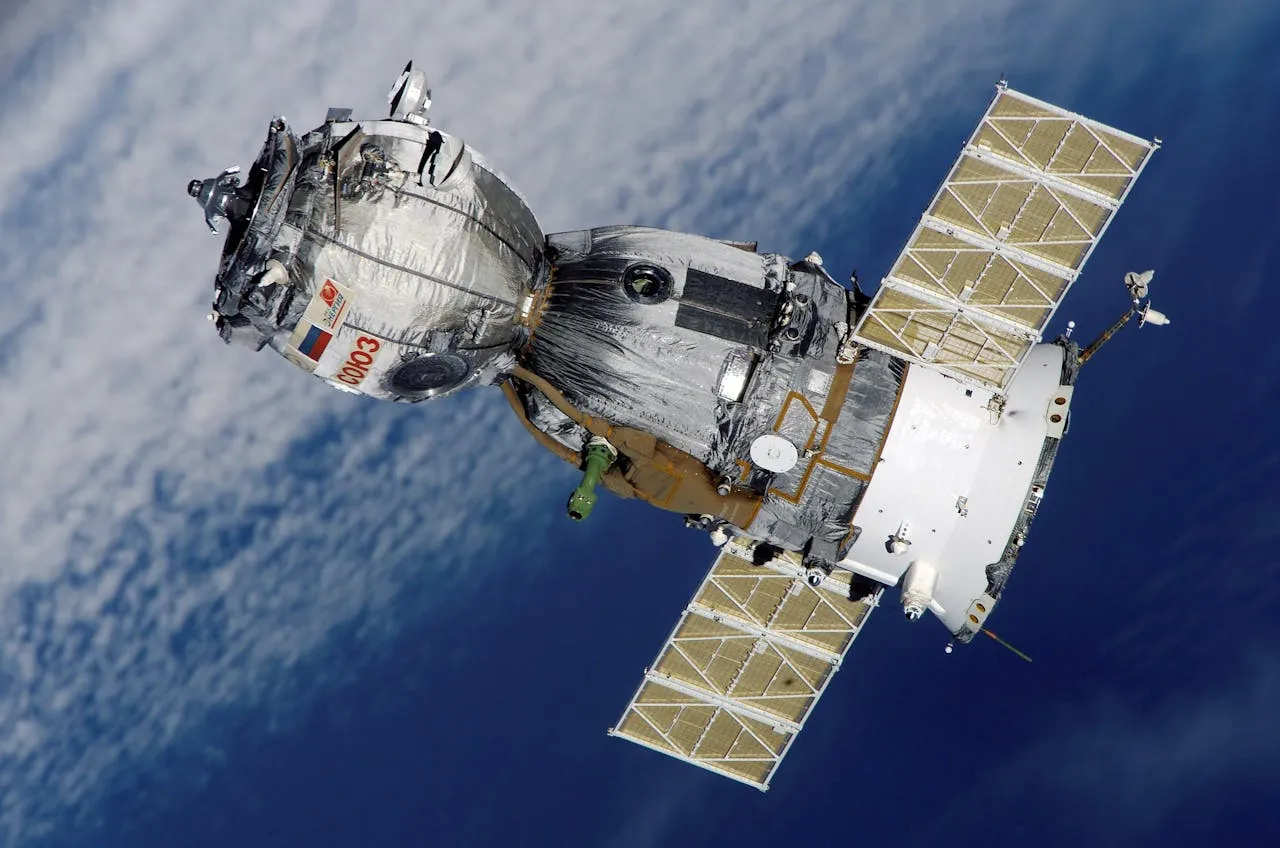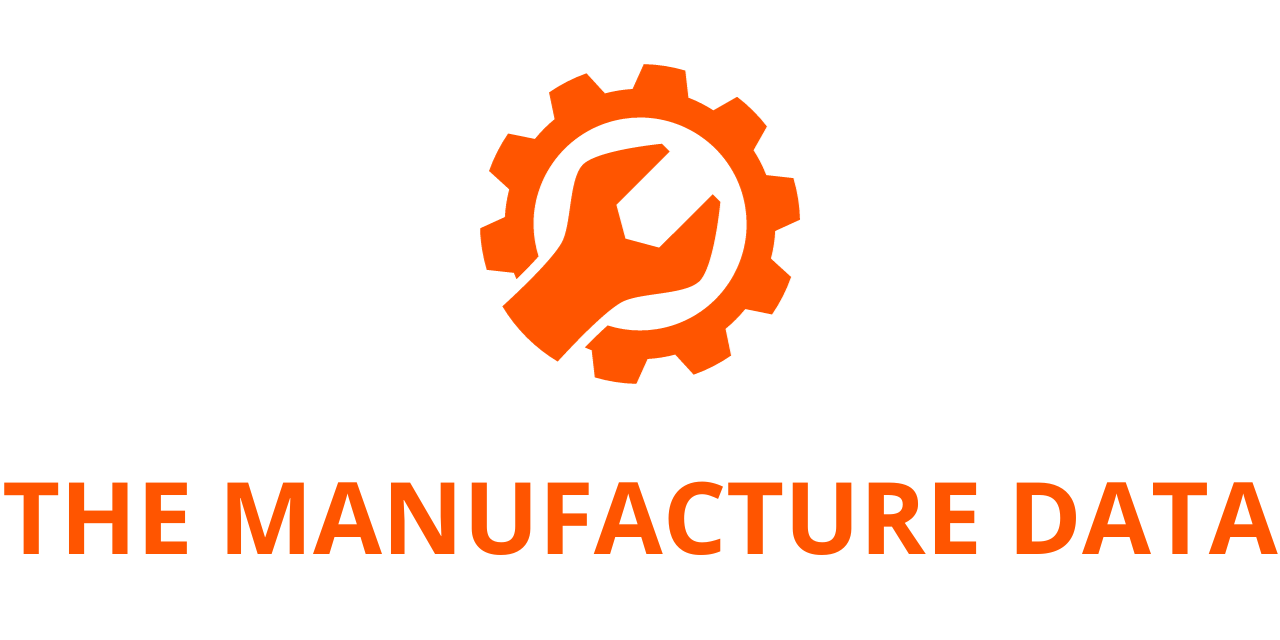
Boeing has announced plans to launch a groundbreaking satellite, Q4S, in 2026. This satellite, funded by Boeing, aims to demonstrate quantum entanglement swapping capabilities in orbit—a critical step toward building a secure, global quantum internet that connects quantum sensors and computers.
Quantum sensors offer far greater precision than current instruments, while quantum computers have the potential to process vast amounts of data, potentially revolutionizing various industries. The Q4S mission will test quantum networking in space, exploring how these networks can be built across vast distances and remain synchronized. Boeing’s goal is to transform the way we handle information, leveraging secure, quantum-enhanced applications such as fault-tolerant computing systems that reduce errors, secure voting systems, and blind quantum computing, where data is processed without being exposed.
“We’re making a significant investment in quantum technology,” said Jay Lowell, Chief Engineer for Boeing’s Disruptive Computing, Networks & Sensors division. “Quantum entanglement swapping is foundational for the communication of the future, enabling quantum networks to expand beyond simple point-to-point connections. Our Q4S mission is designed to prove this can be achieved in orbit.”
Entanglement swapping uses quantum teleportation, where the information carried by a particle can be transmitted without physically moving the particle across distances. Albert Einstein famously called this “spooky action at a distance,” highlighting the mysterious nature of quantum mechanics.
Lowell added, “By proving entanglement swapping, we can create scalable networks capable of transmitting quantum information across vast distances—something currently limited by decoherence and data loss.”
Quantum networking in space could unlock new capabilities, aiding researchers in gathering more data about Earth and space environments, areas where existing instrument sensitivity is limited.
“Boeing has always been a pioneer, pushing the boundaries of innovation,” said Todd Citron, Boeing’s Chief Technology Officer. “We’re not just participating in quantum research; we’re leading the effort to operationalize and scale quantum technologies for global applications.”
The year-long Q4S mission will involve two entangled-photon pair sources aboard a space vehicle. Boeing’s technology partner, HRL Laboratories—a joint venture between Boeing and General Motors—has made significant strides in benchtop experiments as the team finalizes the design of a space-hardened payload.
As a global leader in aerospace, Boeing develops and manufactures commercial airplanes, defense products, and space systems for customers in over 150 countries. With a commitment to innovation, sustainability, and community impact, Boeing aims to lead the future of aerospace with integrity, quality, and safety.
HRL Laboratories, LLC, based in Malibu, California, is at the forefront of physical and information science, driving advancements in automotive, aerospace, and defense technologies. As a private company jointly owned by Boeing and GM, HRL plays a pivotal role in advancing state-of-the-art technologies for its customers.




